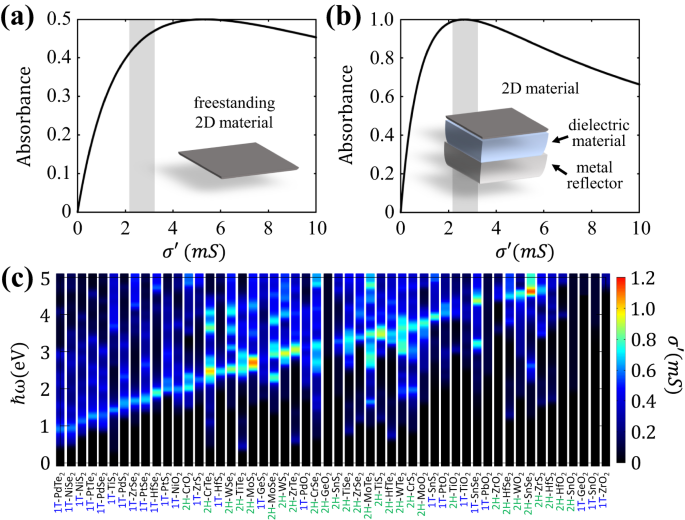セメント、カーボンブラック、水で作られたこの装置は、再生可能エネルギー源に安価でスケーラブルなエネルギー貯蔵を提供する可能性がある。 Made of cement, carbon black, and water, the device could provide cheap and scalable energy storage for renewable energy sources.
2023-07-31 マサチューセッツ工科大学(MIT)
◆例えば、家のコンクリート基礎にこのスーパーキャパシターを組み込むことで、1日分のエネルギーを格納できます。また、コンクリート道路も充電できる道路として想像されています。この技術は再生可能エネルギーへの移行に大きく貢献できる可能性があります。
<関連情報>
- https://news.mit.edu/2023/mit-engineers-create-supercapacitor-ancient-materials-0731
- https://www.pnas.org/doi/10.1073/pnas.2304318120
拡張可能なバルクエネルギー貯蔵ソリューションとしてのカーボンセメントスーパーキャパシタ Carbon–cement supercapacitors as a scalable bulk energy storage solution
Nicolas Chanut, Damian Stefaniuk, James C. Weaver, Yunguang Zhu, Yang Shao-Horn, Admir Masic, and Franz-Josef
Proceedings of the National Academy of Sciences Published:July 31, 2023
DOI:https://doi.org/10.1073/pnas.2304318120

Significance
The extent and pace of the transition from our current fossil fuel-based economy to one based on renewable energy will strongly depend on the availability of bulk energy storage solutions. Herein, we investigate one such candidate technology, using chemical precursors which are inexpensive, abundant, and widely available, specifically cement, water, and carbon black. The energy storage capacity of these carbon-cement supercapacitors is shown to be an intensive quantity, and their high rate capability exhibits self-similarity. These properties point to the opportunity for employing these structural concrete-like supercapacitors for bulk energy storage in both residential and industrial applications ranging from energy autarkic shelters and self-charging roads for electric vehicles, to intermittent energy storage for wind turbines.
Abstract
The large-scale implementation of renewable energy systems necessitates the development of energy storage solutions to effectively manage imbalances between energy supply and demand. Herein, we investigate such a scalable material solution for energy storage in supercapacitors constructed from readily available material precursors that can be locally sourced from virtually anywhere on the planet, namely cement, water, and carbon black. We characterize our carbon-cement electrodes by combining correlative EDS–Raman spectroscopy with capacitance measurements derived from cyclic voltammetry and galvanostatic charge-discharge experiments using integer and fractional derivatives to correct for rate and current intensity effects. Texture analysis reveals that the hydration reactions of cement in the presence of carbon generate a fractal-like electron-conducting carbon network that permeates the load-bearing cement-based matrix. The energy storage capacity of this space-filling carbon black network of the high specific surface area accessible to charge storage is shown to be an intensive quantity, whereas the high-rate capability of the carbon-cement electrodes exhibits self-similarity due to the hydration porosity available for charge transport. This intensive and self-similar nature of energy storage and rate capability represents an opportunity for mass scaling from electrode to structural scales. The availability, versatility, and scalability of these carbon-cement supercapacitors opens a horizon for the design of multifunctional structures that leverage high energy storage capacity, high-rate charge/discharge capabilities, and structural strength for sustainable residential and industrial applications ranging from energy autarkic shelters and self-charging roads for electric vehicles, to intermittent energy storage for wind turbines and tidal power stations.



